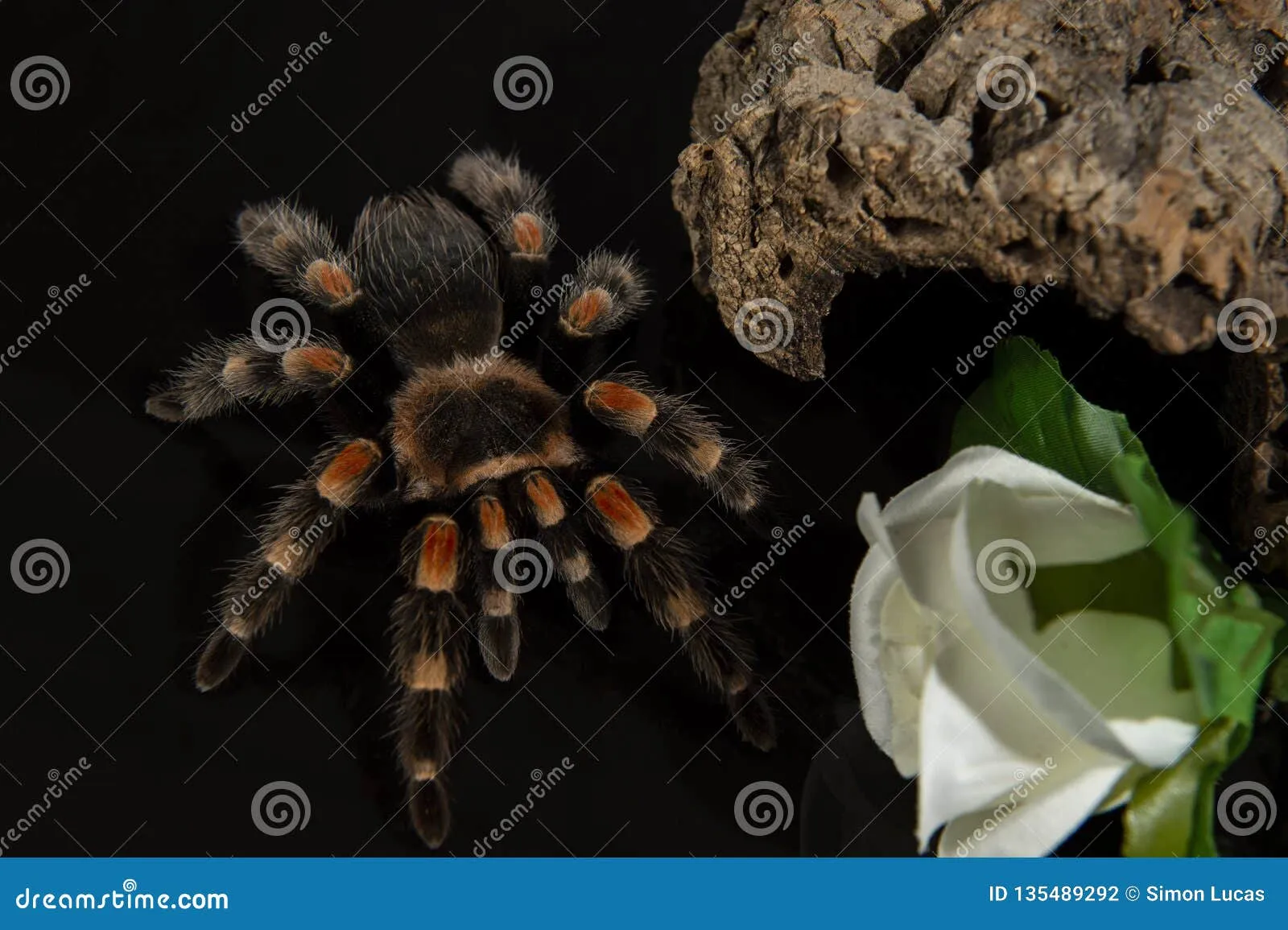Giant Orange Knee Tarantula [Ultimate Guide]
The Giant Orange Knee Tarantula (GOKT), scientifically known as Aphonopelma seemanni, is a popular and captivating species among tarantula enthusiasts. Their striking coloration, relatively docile temperament, and manageable care requirements make them an excellent choice for both beginner and experienced keepers. This ultimate guide provides comprehensive information on how to care for your GOKT, ensuring its health, happiness, and longevity. From setting up the perfect enclosure to understanding their dietary needs and recognizing potential health issues, we’ll cover everything you need to know to provide the best possible care for your eight-legged friend. Owning a tarantula can be a rewarding experience, offering a unique glimpse into the fascinating world of arachnids.
Understanding the Giant Orange Knee Tarantula (GOKT)
Before diving into the specifics of care, it’s essential to understand the GOKT. They are known for their distinctive orange markings on their knee joints, contrasting beautifully with their black or dark brown bodies. They are a terrestrial species, meaning they primarily live on the ground. Their lifespan can vary, with females living up to 20 years or more, while males typically live for around 5-7 years. They are relatively docile compared to some other tarantula species, making them a good choice for those new to the hobby. However, all tarantulas should be treated with respect and caution.
Origin and Habitat
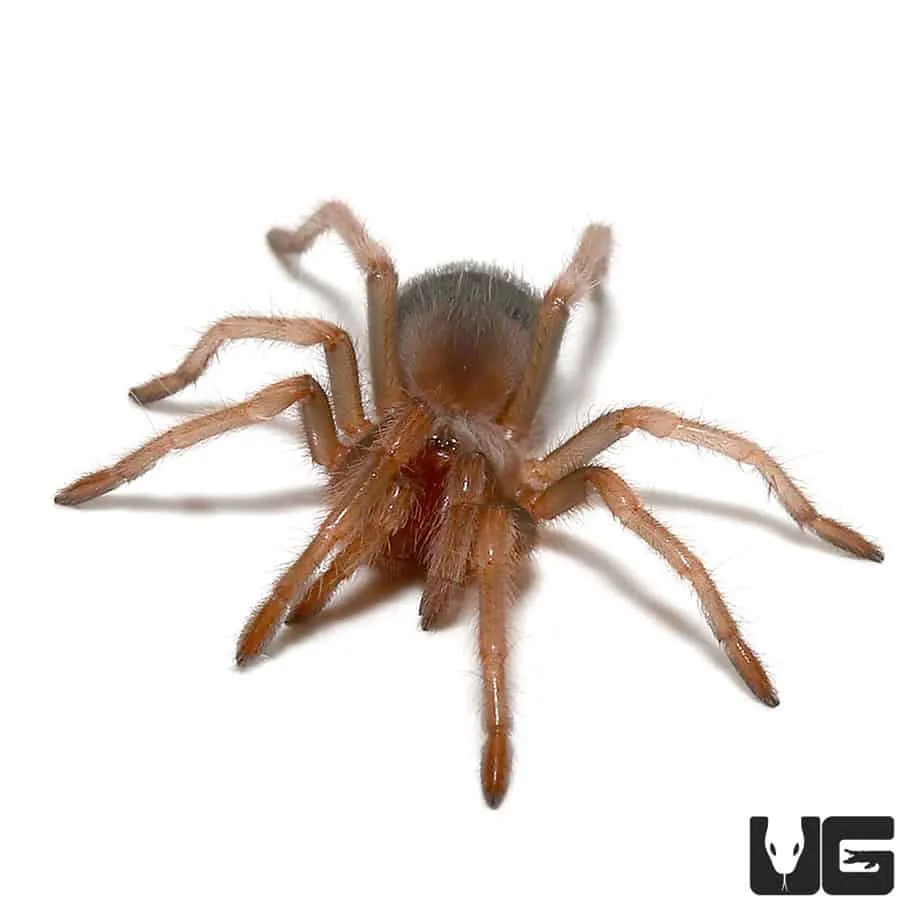
GOKTs are native to Central America, specifically Costa Rica and Nicaragua. In their natural habitat, they live in burrows or under rocks and logs, seeking shelter from the sun and predators. Understanding their natural environment is crucial for replicating it in captivity. They thrive in a warm, humid environment with a substrate that allows them to burrow if they choose. Replicating their natural environment promotes their well-being and encourages natural behaviors.
Creating the Perfect GOKT Enclosure
Setting up the right enclosure is paramount to your GOKT’s health. The enclosure should provide a safe, comfortable, and stimulating environment that mimics their natural habitat. Consider factors like size, ventilation, substrate, temperature, and humidity when creating your tarantula’s home. A well-designed enclosure minimizes stress and promotes the spider’s overall well-being. Remember, a happy tarantula is a healthy tarantula.
Choosing the Right Tank
The size of the enclosure depends on the size of your tarantula. A juvenile GOKT can be comfortably housed in a 5-10 gallon tank, while an adult will need a 10-20 gallon tank or larger. The tank should be wider than it is tall, as GOKTs are terrestrial. Ensure the tank has a secure, escape-proof lid. Glass or acrylic tanks are both suitable, but make sure the lid fits snugly. Ventilation is essential, so the lid should have vents. A well-ventilated enclosure prevents mold and mildew.
Substrate Selection
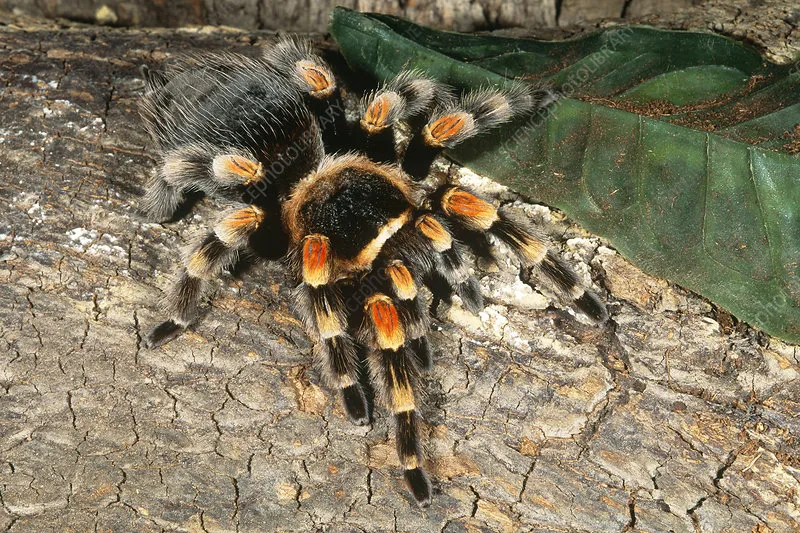
The substrate is the bedding material that lines the bottom of the enclosure. For GOKTs, a substrate that retains moisture and allows for burrowing is ideal. Suitable options include a mix of peat moss, coconut fiber, and a small amount of vermiculite. The substrate should be deep enough to allow the tarantula to burrow if it chooses, typically 4-6 inches deep for an adult. Keep the substrate slightly moist but not waterlogged. This helps maintain the correct humidity levels.
Temperature and Humidity Control
GOKTs thrive in a temperature range of 75-85°F (24-29°C). You can use a heat lamp or a heat mat placed on the side of the enclosure to maintain this temperature. Avoid placing the heat source directly under the tank, as it can cause the substrate to dry out too quickly. Humidity should be maintained at 60-70%. You can achieve this by misting the enclosure with water once or twice a week, depending on the humidity levels in your home. A hygrometer will help you monitor humidity levels. Proper temperature and humidity are essential for the tarantula’s molting process.
Essential Supplies for Your GOKT Enclosure
Besides the tank, substrate, and heat source, you’ll need a few other essential supplies. These include a water dish, a hide (such as a piece of cork bark or a half-log), and some decorations like artificial plants or rocks to create a more natural environment. The water dish should be shallow to prevent the tarantula from drowning. Make sure the hide is large enough for the tarantula to comfortably retreat into. Avoid anything sharp that could injure the tarantula. Cleaning supplies, such as a small scoop and paper towels, are also essential for maintenance.
Feeding Your Giant Orange Knee Tarantula
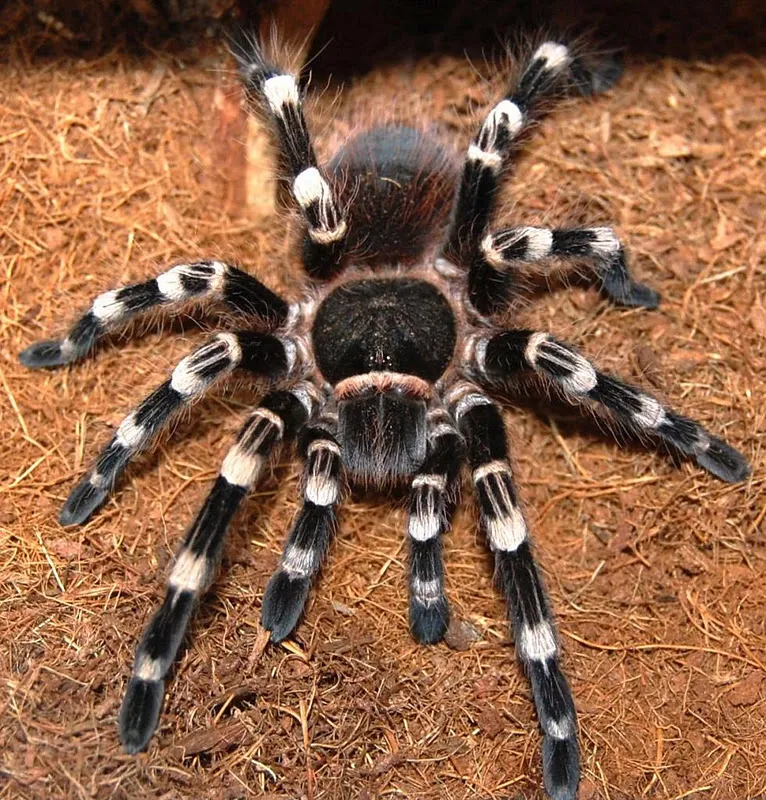
Feeding your GOKT is a relatively straightforward process, but it’s crucial to understand their dietary needs to ensure they get the proper nutrition. Overfeeding can be just as harmful as underfeeding. The frequency and type of food depend on the tarantula’s size and age. Proper feeding is vital for their growth and overall health, contributing to a long and healthy life. A well-fed tarantula is a happy tarantula.
What to Feed
GOKTs are insectivores. Their primary diet should consist of insects. Suitable food items include crickets, mealworms, roaches (such as Dubia roaches), and occasionally, small earthworms. The insects should be gut-loaded before feeding them to your tarantula. Gut-loading involves feeding the insects nutritious food, which passes those nutrients on to your tarantula. Avoid feeding wild-caught insects, as they may carry parasites or pesticides. Offer a variety of insects to ensure a balanced diet.
Feeding Frequency
The feeding frequency depends on the tarantula’s age and size. Spiderlings (young tarantulas) should be fed 2-3 times a week. Juvenile tarantulas can be fed once or twice a week. Adult tarantulas typically need to be fed once every 1-2 weeks. Adjust the feeding frequency based on the tarantula’s body condition. If the abdomen looks plump and round, the tarantula is well-fed. Reduce the feeding frequency if the tarantula is not eating or appears to be refusing food.
Watering Your Tarantula
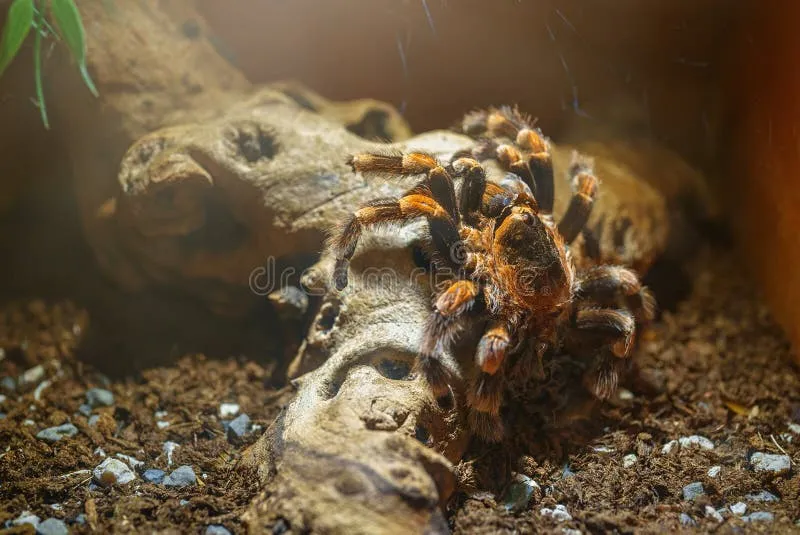
Water is essential for your tarantula’s survival. Provide a shallow water dish filled with clean water at all times. The water dish should be small enough that the tarantula can’t drown. Check the water dish regularly and refill it as needed. You can also mist the enclosure lightly with water to maintain humidity, but avoid spraying the tarantula directly. Clean water prevents dehydration and aids in the molting process.
Handling and Safety
While GOKTs are generally docile, it’s important to handle them with caution. Tarantulas are delicate creatures, and a fall from a height can be fatal. Also, tarantulas can bite if they feel threatened, and their venom, though not typically dangerous to humans, can cause discomfort. Safety should always be your top priority when interacting with your tarantula. Understanding their behavior and respecting their boundaries is key.
When to Handle
It’s generally best to avoid handling your GOKT unless necessary, such as when cleaning the enclosure or during a health check. Frequent handling can stress the tarantula and may lead to defensive behavior. If you must handle your tarantula, do so when it’s calm and relaxed. Avoid handling a tarantula that is about to molt, has recently molted, or is eating.
Safe Handling Practices
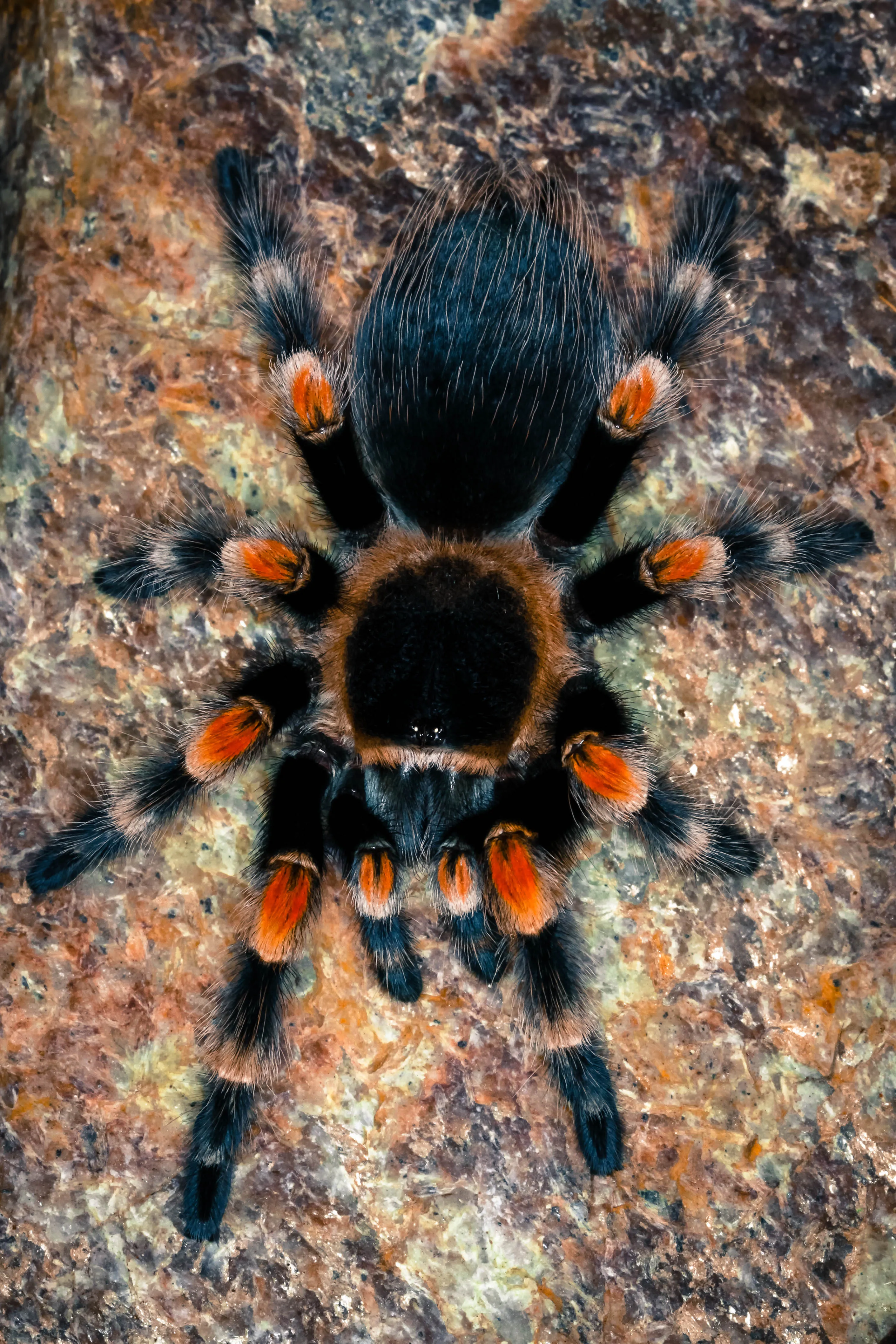
If you choose to handle your tarantula, do so with care. Always handle it over a soft surface, such as a bed or a rug, to prevent injury if it falls. Use a gentle, cupping motion to pick it up. Never squeeze or grab the tarantula. Be aware of its movements and anticipate its reactions. Wash your hands thoroughly before and after handling your tarantula. Be calm and move slowly. Never surprise it.
Common Health Issues and Prevention
Like all living creatures, GOKTs can experience health issues. However, by providing proper care and maintaining a clean environment, you can minimize the risk of these issues. Recognizing potential problems early on can help you provide timely treatment. Regular observation and attention to detail are essential for maintaining your tarantula’s health.
Molting
Molting is a natural process where tarantulas shed their exoskeleton to grow. During this process, the tarantula is very vulnerable. Signs that your tarantula is about to molt include loss of appetite, lethargy, and a darkening of the abdomen. Create a safe environment by providing a humid hide and avoiding disturbances. Never feed your tarantula during molting. Once the molt is complete, wait a few days before feeding to allow the new exoskeleton to harden. The molted exoskeleton can be a useful tool for sexing your tarantula.
Parasites and Diseases
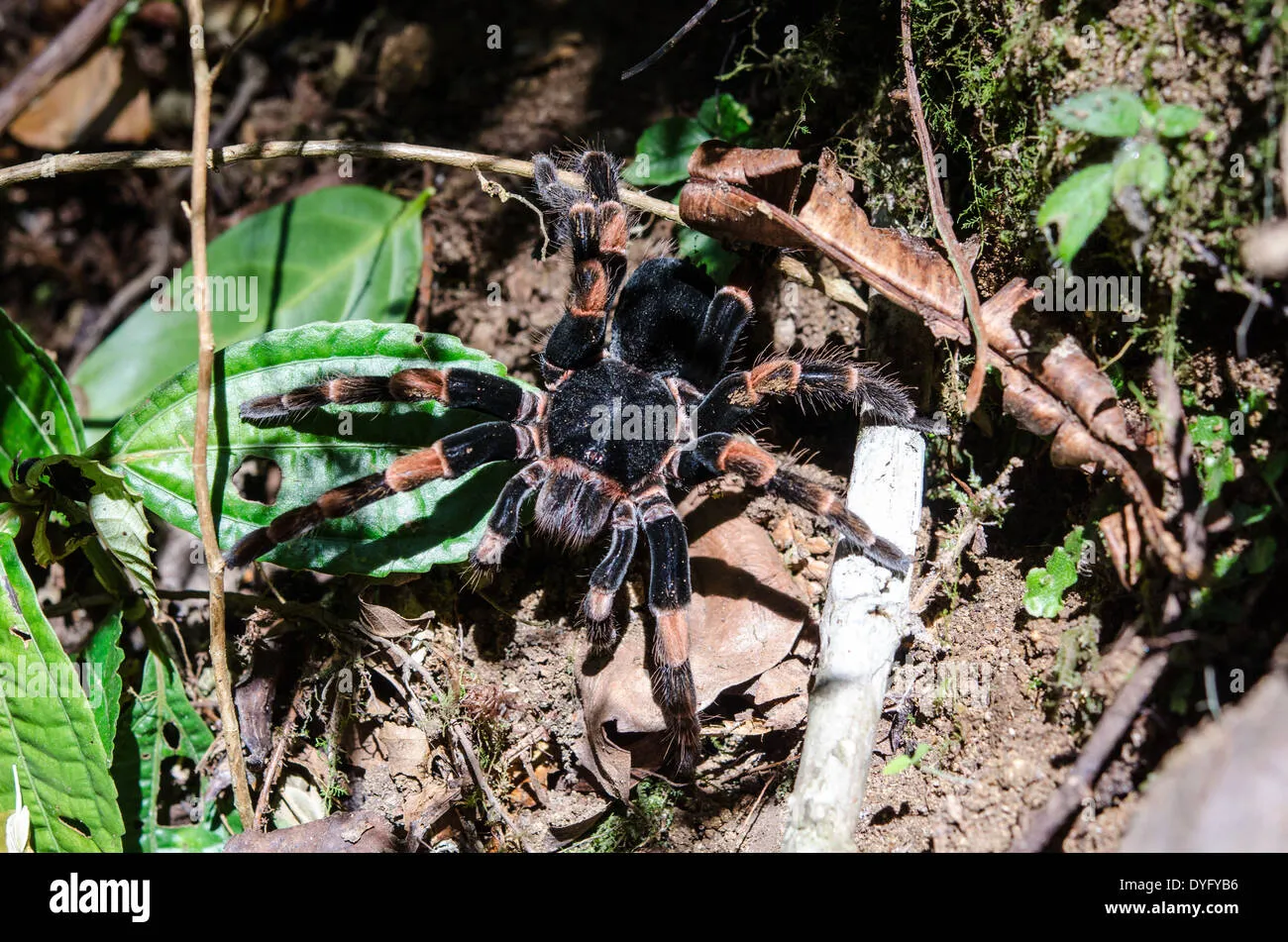
GOKTs are relatively resistant to parasites and diseases, but they can still be affected. Mites are a common problem, appearing as small, red or brown dots on the tarantula’s body. They can be treated by improving the enclosure’s hygiene and potentially using mite treatments. Fungal infections can occur in humid environments. Maintain proper ventilation and substrate hygiene. If you suspect your tarantula is sick, consult with an experienced tarantula keeper or a veterinarian familiar with exotic animals.
Breeding Giant Orange Knee Tarantulas
Breeding GOKTs can be a rewarding experience, but it requires careful planning and knowledge. It’s not a project for beginners. Successful breeding requires a good understanding of tarantula behavior, as well as the ability to provide the right conditions. Remember, it is important to have a plan for the spiderlings once they hatch.
Sexing Your Tarantula
Before attempting to breed, you must determine the sex of your tarantula. The easiest way to sex a GOKT is to examine its molted exoskeleton. The presence of a spermatheca (a sperm storage organ) indicates a female. Males have a smaller, simpler structure. Another method is to examine the tarantula’s underside, but this can be more difficult and is best left to experienced keepers. Additionally, the presence of tibial hooks on the males’ front legs can distinguish them.
Mating Process
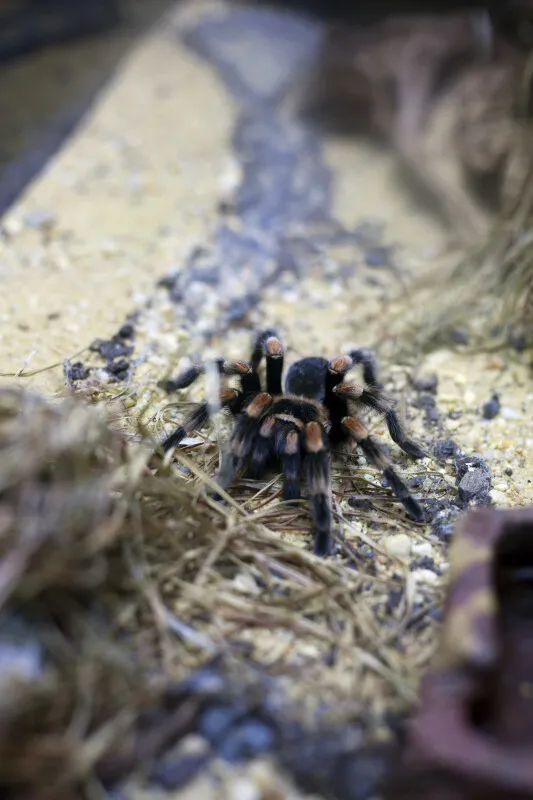
Mating GOKTs can be a delicate process. The male will typically drum on the female’s enclosure to attract her. If the female is receptive, she will allow the male to approach. The male will insert his pedipalps (mouthparts) into the female’s epigastric furrow to transfer sperm. After mating, the female may become aggressive towards the male, so it’s essential to remove the male promptly to prevent him from being eaten. Provide the female with plenty of food after mating to ensure that she has enough energy to produce eggs.
Caring for Spiderlings
Once the female lays her eggs, she will create an egg sac. It is essential to remove the egg sac and incubate it separately in a controlled environment. After hatching, spiderlings are very small and delicate. They should be kept in small, individual containers with appropriate substrate, water, and food. Spiderlings must be fed small, flightless fruit flies or pinhead crickets. Proper care of spiderlings requires experience and careful attention to detail. Be prepared to provide each spiderling with individual care.
Conclusion
Caring for a Giant Orange Knee Tarantula can be a fascinating and rewarding experience. By following the guidelines in this ultimate guide, you can provide your tarantula with the best possible care, ensuring a long, healthy, and happy life. Remember to research and learn as much as you can about these amazing creatures, and always prioritize the well-being of your pet. Enjoy the unique experience of owning a GOKT, and appreciate the beauty and wonder of the arachnid world. With dedication and proper care, you can enjoy many years with your Giant Orange Knee Tarantula.
